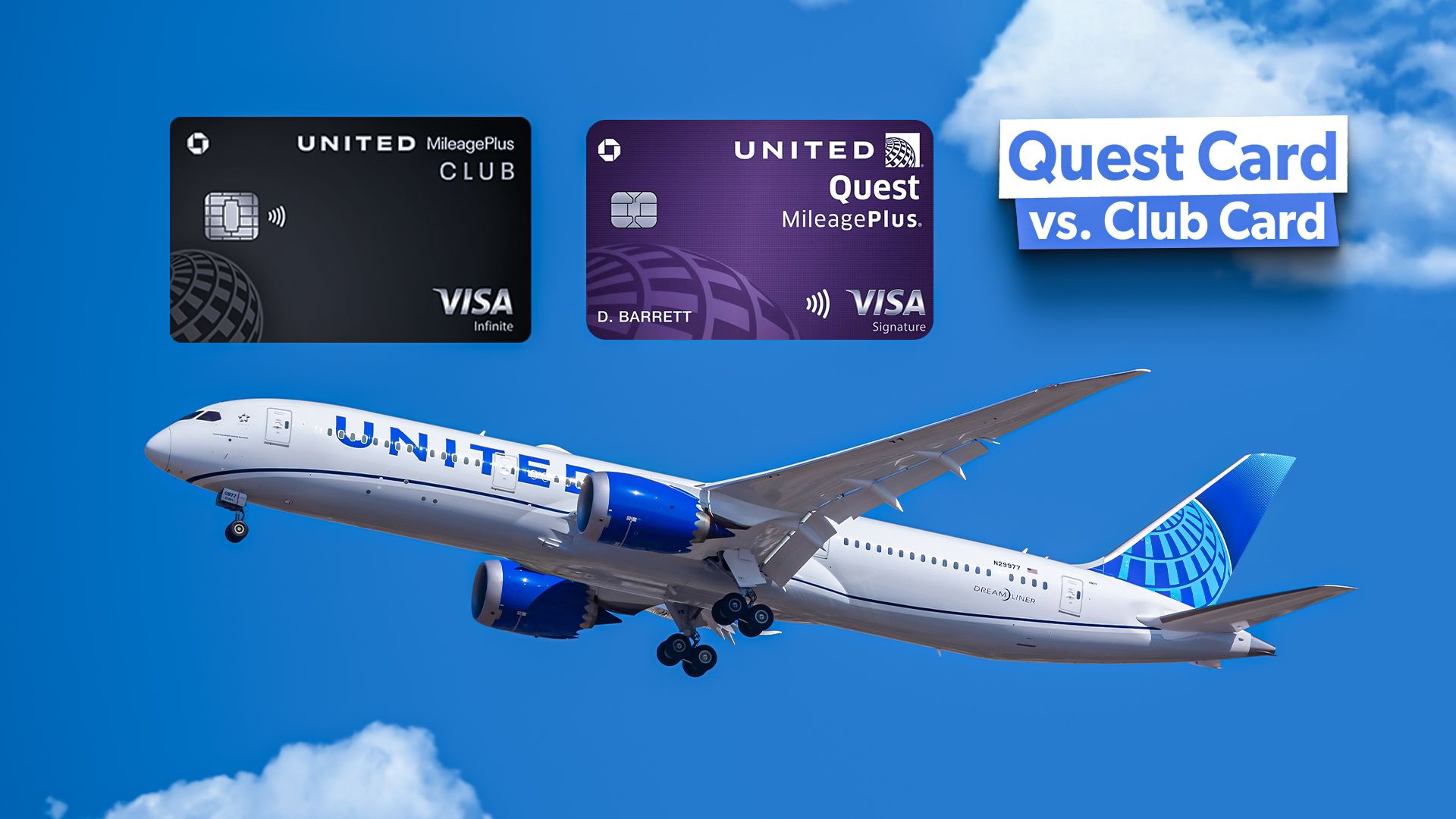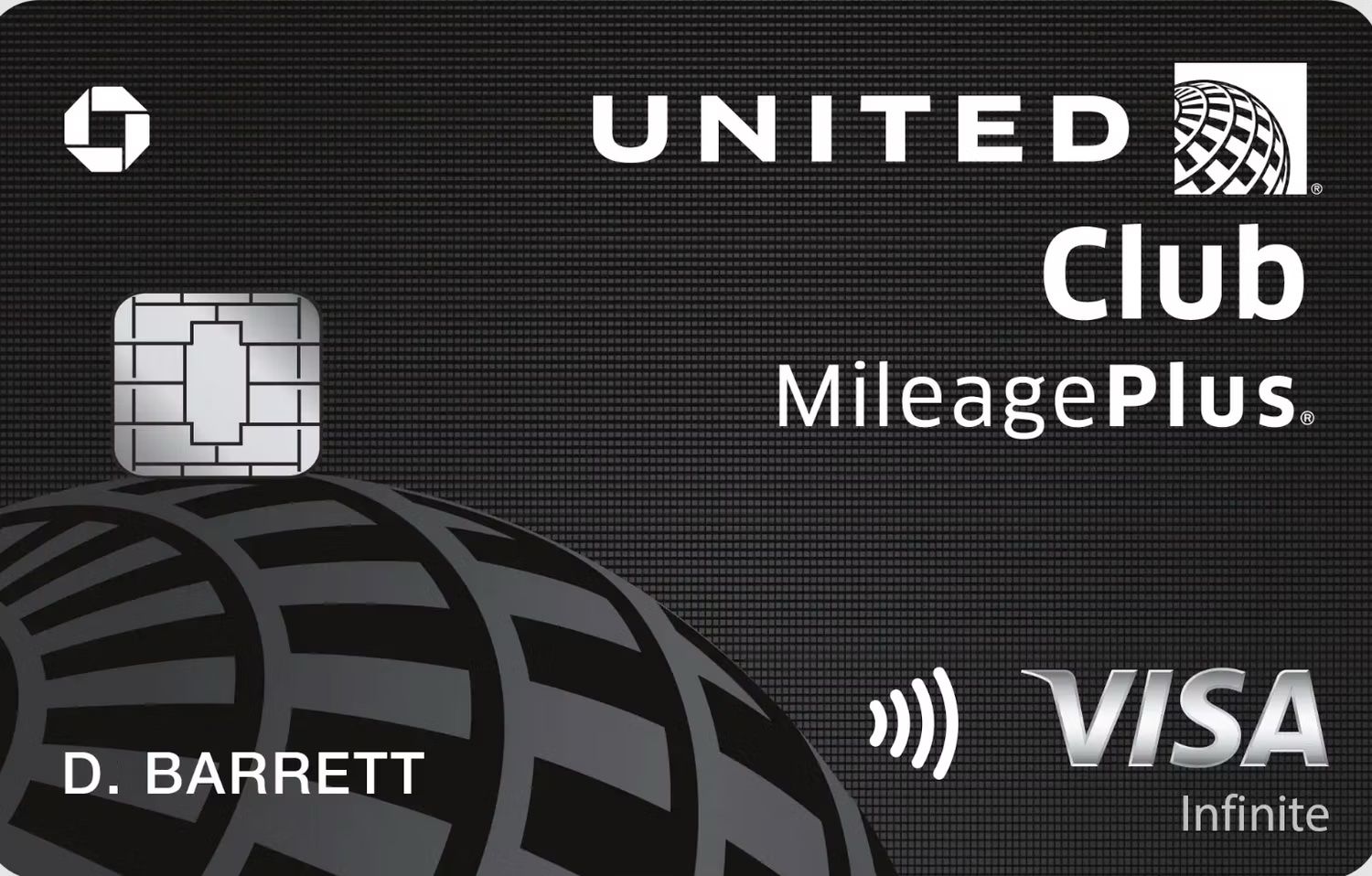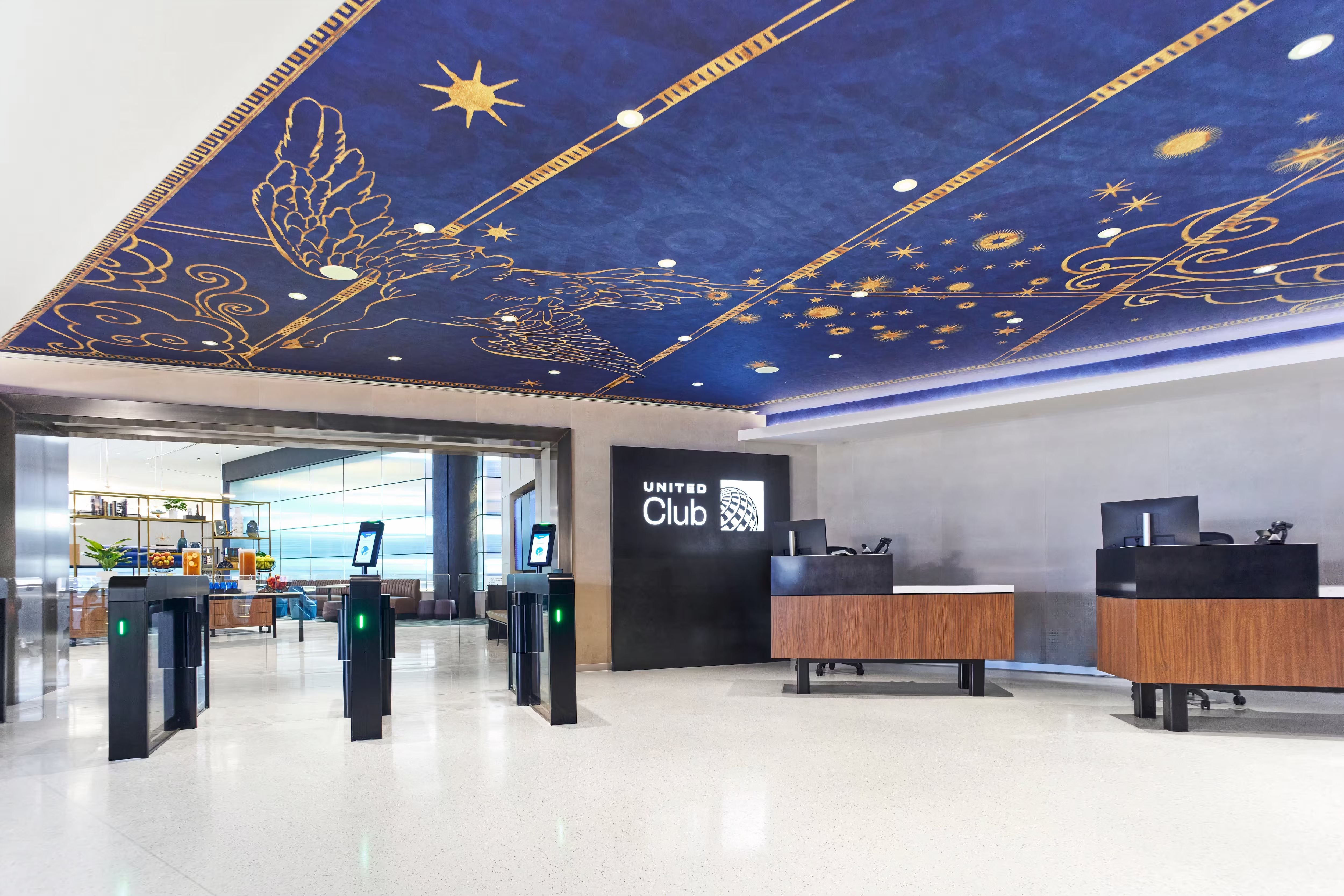When one is considering opening an account with a cobranded credit card, there are many factors to consider including inflight benefits, reward potential, and, obviously, the card’s annual fee. For some of the most premium credit cards on the market, these benefits include everything from elite status boosts to complimentary upgrades and lounge access.
Nonetheless, it is important to hold these benefits in comparison to the card’s annual fee, as an extremely hefty fee could likely not justify the potential positives a cardholder will receive. One question that cobranded cardholders are often faced with is whether upgrading from one credit card to another with more premium benefits is a good idea.
In the case of the co-branded credit cards offered via Chase Bank in collaboration with United Airlines’ MileagePlus
program, these decisions can be difficult to make. One of the most common forks in the road involves whether upgrading from the United Quest Card, which already offers a premium set of benefits, to the United Club Infinite Card, which is the carrier’s most premium product, is worth it.
The United Airlines co-branded partnership with Chase Bank has existed for over thirty years, with the latest extension to the partnership pushing the end date back to 2029, according to Airline Industry Information. Therefore, the decision to upgrade between these two cards will certainly be a question for years. Let’s take a deeper look at what sets these two credit cards apart.
The elephants in the room
It is important to quickly identify the primary features of each of these credit cards and the kind of customers they are intended to target. The standard credit card offered by United Airlines, the award-winning MileagePlus Explorer card, offers basic benefits and standard reward opportunities for a relatively low annual fee.
Photo: United Airlines
The United Quest Card, with its annual fee of $250, offers an improved set of benefits, including the opportunity to be placed on complementary upgrade lists for premium cabins. Furthermore, the card offers members the chance to quickly rack up elite status points.
The United Club Infinite Card is targeted at a slightly different audience, with a hefty annual fee of $525. This card’s key selling feature is its unlimited access to the United Club, the carrier’s primary airport lounge. Therefore, this card is primarily targeted at those who are seeking out lounge access, while the Quest Card is mostly for those looking to increase reward potential who are not as interested in lounge access or who already have it via other means (like elite status).
Key award information
One of the first places to look for a point of comparison between these two cards is the welcome bonuses offered by each. For starters, the specific details of each offer can be seen in the table below, according to the United Airlines Website:
|
Credit Card: |
Welcome Bonus Miles: |
Premier Qualifying Points (PQPs): |
Minimum Spending Requirements: |
|---|---|---|---|
|
United Quest Card |
60,000 |
500 |
$4,000 in the first three months |
|
United Club Infinite Card |
80,000 |
N/A |
$5,000 in the first three months |
As one can see from this table, the Quest Card’s welcome bonus provides better value for money. Both the Quest and the Club Infinite Card will offer you enough welcome miles to likely get wherever you would like to go for a single vacation, but the Quest also comes along with 500 Premier Qualifying Points (PQPs).
Photo: United Airlines
Furthermore, the Quest offers lower minimum spending requirements, making it a clear winner here. The extra $275 is likely not enough on its own to justify an extra 20,000 bonus miles. Where these two cards again differ is with their award accrual schedules, which is the rate at which miles are earned from regular purchases. For the two cards, they are as follows:
United Quest Card:
- 3 miles per $1 spent on United Airlines purchases
- 2 miles per $1 spent on qualifying dining purchases
- 2 miles per $1 spent on all other travel purchases
- 2 miles per $1 spent on select streaming services
- 1 mile per $1 spent on all other purchases
United Club Infinite Card:
- 4 miles per $1 spent on United Airlines purchases
- 2 miles per $1 spent on qualifying dining purchases
- 2 miles per $1 spent on all other travel purchases
- 1 mile per $1 spent on all other purchases
As we can see, the Quest Card and the Club Infinite Card offer similar opportunities to earn miles, with the former offering rewards on streaming service purchases and the latter offering extra bonus miles for airline ticket purchases. Which of these accrual schedules is better for you comes down to personal spending habits.
Inflight benefits
It is also important to note that the inflight benefits for both of these cards are really not all that different. Both cards offer one the opportunity to check two bags for free, and also provide multiple credits for TSA PreCheck and Global Entry. Both also allow one to join the complimentary upgrade list, albeit with Club Infinite cardholders being placed before Quest cardholders in the queue.
Photo: United Airlines
At the end of the day, the key question when it comes to these two credit cards is how much one values lounge access. The Club Infinite card’s primary feature is full membership to the premium lounge, and if that is worth an extra $250 to you on an annual basis, then this card is likely right for you. If you don’t want to pay that high of an annual fee, then consider the Quest card as providing you with roughly all the same benefits except for lounge access.




